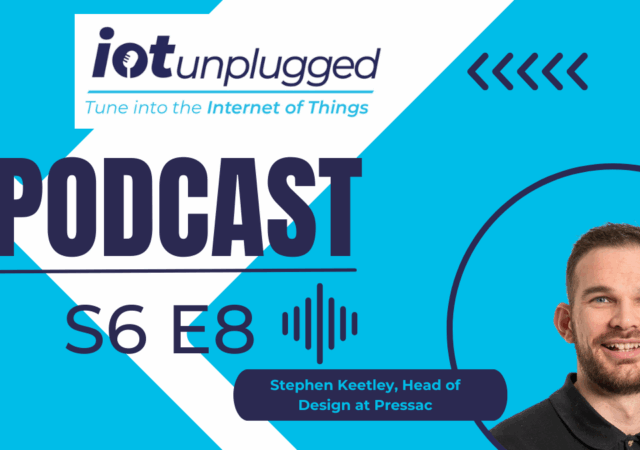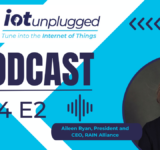Memfault partnered with research firm VDC Research to create a benchmark report showcasing the state of IoT software development in 2024. Key findings show that the average cost of project development was $556,000 and software accounts for almost 60% of project development costs. With this in mind, Memfault and VDC Research recently jointly hosted a webinar to dig into these findings.
“A big focus of our work was trying to get to the foundation of understanding what those costs are, what are some of the challenges facing engineering organisations and ultimately, what are some of the best practices for organisations to navigate them,” explained Chris Rommel, EVP at VDC Research who walked attendees through findings in the webinar.
An ongoing trend is the growing costs of software as more and more organisations allocate bigger parts of their budget on software spend – harking back to software making up 60% of costs figure given in the report.
“The processes and technologies that are required for success in IoT are going to vary a lot,” said Rommel, “but what is clear is [that] third party commercial software management facility platforms are going to become an increasingly important component of best practice for organisations.”
Move towards software development puts pressure on
The report surveyed almost 800 engineering professionals to offer insights into the technologies they’re using. “This move towards IoT and the pressure on software development is certainly at a point that’s challenging,” Rommel stressed.
Because of how much IoT products vary in their complexity, the costs incurred from product development can vary widely, too. A product being developed could take anything from one engineer writing the software to several different teams. The report found the average cost was $556,000 with 60 plus projects exceeding $10 million each – larger organisations in general spent more on average.
Crucially, however, software has become more complex – which has bumped up the costs of a project.
As an example given by Rommel, the Chevy Volt made headlines for having over 10 million lines of code. “When you look at the move towards software-defined vehicles, many high-end vehicles have 200 to 300 million lines of code. You can understand how the code growth requirements, the functionality that everyone wants to include that goes beyond what’s possible in terms of scaling resources [puts pressure on],” he explained.
Navigating these pressures
Rommel recommended organisations focus their internal resources on AI – a message which is backed by findings in the report. “Up and down the stack, across different industries, nearly 50% of organisations are planning to include AI or machine learning capabilities within the next few years; this is already over 40% today.”
“It’s important to remember that for every new feature or business model change that could be enabled by the IoT, there’s often an underlying change that needs to happen in that software or hardware stack to help enable it,” Rommel continued.
A key finding from the report is that a third of software development projects are behind schedule – reflecting the pressures developers are feeling in trying to get solutions out to market on time. Rommel said this can be attributed to the “difficult time” organisations are having in “meeting their obligations”.
Once a software is developed, the costs don’t stop there – and it’s important for organisations to plan accordingly. “Now you have over-the-air (OTA) updates, that’s an increasingly important thing to think about and plan for, because that is delivering more and more of the total experience of your end customers,” Rommel detailed.
Addressing schedule performance
Another key finding from the report was how important it is for organisations to nail their product development cycle, to get their products to market on schedule. The report showed that the average length was 16.3 months, but when asking engineers or developers 28% said their projects were ahead of schedule, 31.3% were behind schedule – for managers, this was 38.8% ahead of schedule and 21.9% behind schedule, reflecting a difference in perception.
“The majority of adoption used today is from using in-house developed tools. When we dig into our research, we see that not all of those solutions are created equal,” he said. “The use of third party solutions help organisations to get better results.”
“Beyond that, we saw that organisations using tools to monitor devices deployed spent half as much time remediating each software detect once it was found,” Rommel added. “One of the more staggering results from our research is that engineers using third party tools in this manner save 50% of overall project development costs versus those using in-house solutions.”
The key takeaways from the report and subsequent webinar were that although the IoT is driving faster-paced change within the embedded ecosystem, which traditionally moved slower, it hasn’t necessarily removed complexities around a product’s time to market or quality.
“It’s critical that organisations focus on differentiation,” Rommel concluded. “As much as there are these new use cases, they need to look at how they’re bringing their products to market and how they’re managing them, to help alleviate some of these existing and now magnified challenges.”
There’s plenty of other editorial on our sister site, Electronic Specifier! Or you can always join in the conversation by commenting below or visiting our LinkedIn page.










